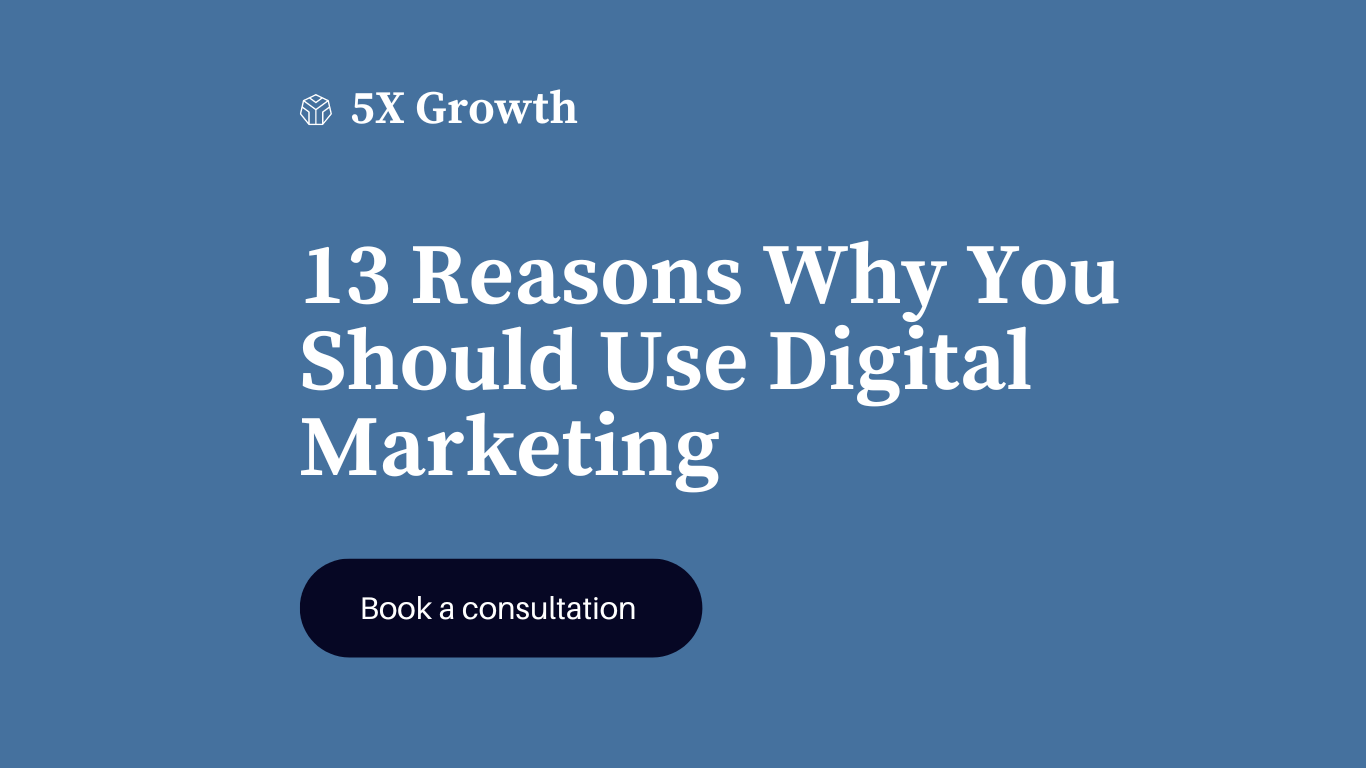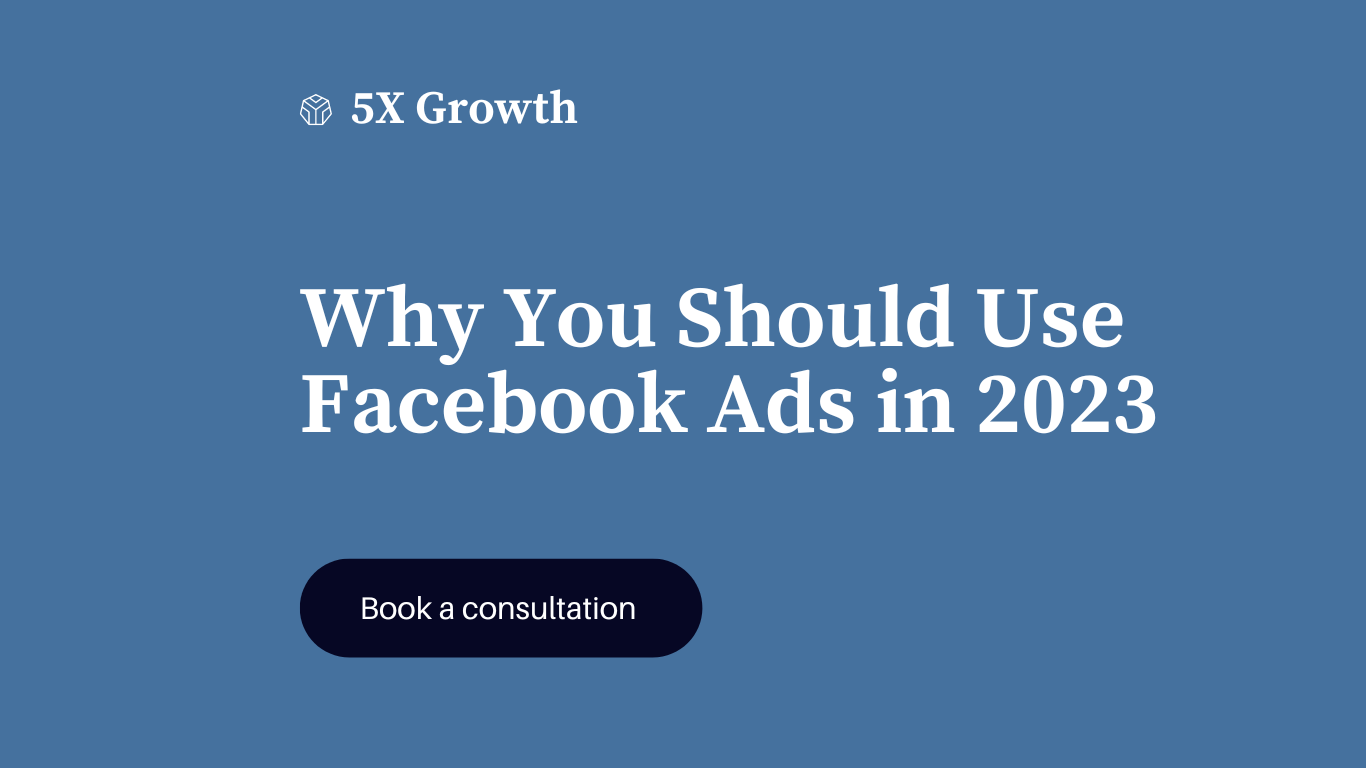In today's advanced age, businesses ought to adjust to unused advances to stay competitive within…
Tips for Social Media Advertising Campaigns

Social media has become an essential part of our daily lives, and businesses are taking advantage of this trend by leveraging social media advertising to reach their target audience. However, creating an effective social media advertising campaign can be challenging, especially for businesses that are new to the game. To help you get the most out of your social media advertising efforts, we have compiled a list of tips and strategies that you can use to create a successful social media advertising campaign. Whether you’re looking to increase your brand awareness or drive more sales, these tips will help you achieve your social media advertising goals. So, let’s dive in and explore the world of social media advertising!
Define Your Goals
Defining your goals is an essential first step in creating a successful social media advertising campaign. Before you start advertising, you need to identify what you want to achieve through your social media advertising efforts. Your goals will guide your advertising strategy and help you measure the success of your campaign.
Your goals may vary depending on your business’s specific needs, but they could include increasing brand awareness, driving website traffic, generating leads, or increasing sales. Once you have identified your goals, you can start creating a social media advertising strategy that is tailored to achieve those goals.
It’s important to set realistic and measurable goals that align with your overall business objectives. This will help you track your progress and make adjustments as needed to ensure you’re getting the most out of your social media advertising investment.
Identify Your Target Audience
Identifying your target audience is another critical step in creating a successful social media advertising campaign. Your target audience is the group of people who are most likely to be interested in your products or services, and who are most likely to take the action you want them to take.
To identify your target audience, you should consider factors such as age, gender, location, interests, behaviors, and demographics. You can also look at your existing customer base to gain insights into who is already buying from you and what they have in common.
Once you have identified your target audience, you can create social media advertising campaigns that are specifically tailored to reach and engage with that audience. By targeting your ads to the right people, you can increase the likelihood of your ads being seen by people who are most likely to be interested in what you have to offer, and who are most likely to take the action you want them to take.
Choose the Right Platform
Choosing the right platform is crucial for the success of your social media advertising campaign. Not all social media platforms are created equal, and each platform has its unique strengths and weaknesses. Depending on your goals and target audience, you may want to consider advertising on different platforms to reach your audience effectively.
For example, if you’re targeting a younger audience, you may want to consider advertising on platforms like TikTok or Instagram. If you’re targeting a professional audience, you may want to consider advertising on LinkedIn. Facebook, on the other hand, has a broad reach and is suitable for targeting a diverse range of audiences.
Consider your budget and the cost of advertising on different platforms. Some platforms may be more expensive than others, and you’ll want to choose the platform that offers the most cost-effective way to reach your target audience.
Ultimately, the right platform for your social media advertising campaign will depend on your specific goals, target audience, and budget. By carefully considering these factors, you can choose the platform that is most likely to help you achieve your advertising goals.
Create Engaging Content
Creating engaging content is essential for the success of your social media advertising campaign. Your ads should not only grab the attention of your target audience but also provide them with value or entertainment to encourage engagement and increase the likelihood of them taking the desired action.
Your content should be visually appealing, informative, and relevant to your target audience. Use high-quality images, videos, or graphics that are eye-catching and relevant to your product or service. Write compelling ad copy that speaks directly to your target audience’s pain points or desires, and use clear and concise language that is easy to understand.
Consider the format of the content you’re creating, as well. Some platforms may be better suited for long-form content, while others may require shorter, snappier messaging.
Above all, your content should be authentic and reflect your brand’s values and personality. If your content resonates with your target audience, they are more likely to engage with it, share it, and take the desired action, whether that’s making a purchase, filling out a lead form, or visiting your website.
Use Visuals to Catch Attention

Using visuals to catch attention is a crucial aspect of creating engaging social media advertising content. Visuals are a powerful tool that can quickly capture your target audience’s attention and convey your message effectively.
When using visuals in your social media advertising, it’s essential to choose high-quality images, videos, or graphics that are relevant to your product or service and resonate with your target audience. The visuals should be eye-catching and stand out in the crowded social media landscape.
Consider using bold and bright colors, creative typography, or interesting animations to make your visuals more engaging. You can also experiment with different formats, such as carousel ads, video ads, or Stories, to keep your content fresh and engaging.
Remember to keep your visuals consistent with your brand’s visual identity, so your ads are easily recognizable and build brand awareness over time.
By using visuals effectively in your social media advertising, you can capture your target audience’s attention, increase engagement, and achieve your advertising goals.
Write Compelling Headlines
Writing compelling headlines is a critical aspect of creating engaging social media advertising content. Your headlines should be attention-grabbing, concise, and convey the value proposition of your product or service.
When writing headlines for your social media ads, consider the pain points or desires of your target audience and craft headlines that speak directly to them. Use clear and concise language that is easy to understand and highlights the benefits of your product or service.
Consider using numbers or statistics in your headlines to make them more specific and compelling. For example, “10% Off Your First Purchase” or “Get 50% More Leads with Our Software.”
It’s also important to make your headlines stand out visually. Use contrasting colors, bold typography, or eye-catching graphics to make your headlines pop and catch the attention of your target audience.
Remember, your headline is the first impression your target audience will have of your ad, so make it count. By writing compelling headlines that resonate with your target audience, you can increase engagement, drive more clicks, and achieve your social media advertising goals.
Include a Call-to-Action (CTA)
Including a call-to-action (CTA) in your social media advertising is crucial to encouraging your target audience to take the desired action, such as making a purchase, signing up for a newsletter, or visiting your website.
Your CTA should be clear, concise, and specific. Use action-oriented language that tells your target audience exactly what action you want them to take. For example, “Shop Now,” “Learn More,” or “Sign Up Today.”
Consider using urgency in your CTA to create a sense of urgency and encourage your target audience to take action. For example, “Limited Time Offer” or “Don’t Miss Out.”
Remember to make your CTA stand out visually by using contrasting colors, bold typography, or eye-catching graphics. Your CTA should be prominently displayed and easy to click on, whether it’s a button, link, or swipe-up action.
By including a clear and compelling call-to-action in your social media advertising, you can increase the likelihood of your target audience taking the desired action and achieving your advertising goals.
Leverage User-Generated Content (UGC)
Leveraging user-generated content (UGC) is a powerful way to create engaging social media advertising content that resonates with your target audience. UGC refers to content created by your customers or followers, such as photos, videos, or reviews, that feature your product or service.
When using UGC in your social media advertising, consider the authenticity and relatability of the content. UGC can help build trust with your target audience by showcasing real customers using and enjoying your product or service.
To encourage UGC, consider running a social media contest or campaign that incentivizes your customers or followers to create and share content featuring your product or service. Make sure to obtain permission from the creator before using their content in your advertising.
When using UGC in your social media advertising, make sure to give credit to the original creator and include a call-to-action that encourages your target audience to create and share their own content.
By leveraging UGC in your social media advertising, you can create authentic and relatable content that resonates with your target audience, builds trust, and encourages engagement.
Use Hashtags Effectively
Using hashtags effectively in your social media advertising can help increase your reach, engagement, and visibility among your target audience. Hashtags are keywords or phrases preceded by the “#” symbol that categorize content and make it searchable on social media platforms.
When using hashtags in your social media advertising, consider the relevance and popularity of the hashtags you choose. Use hashtags that are relevant to your product or service and are popular among your target audience. Research and analyze the hashtags your competitors and industry leaders are using to inform your hashtag strategy.
Consider using branded hashtags to promote your brand and encourage user-generated content. Branded hashtags should be unique, memorable, and reflect your brand’s values and messaging.
Use a mix of broad and specific hashtags to reach a wider audience while also targeting specific niches. Avoid using too many hashtags, as this can make your content appear spammy and reduce engagement.
Remember to use hashtags consistently across all your social media platforms and include them in your social media advertising copy and visuals.
By using hashtags effectively in your social media advertising, you can increase your reach, engagement, and visibility among your target audience, and ultimately achieve your advertising goals.
Test and Optimize Your Ads

Testing and optimizing your social media ads is crucial to improving their effectiveness and achieving your advertising goals. A/B testing is a common method used to compare two different versions of an ad to determine which one performs better.
When testing your social media ads, consider testing different elements such as the headline, visuals, copy, call-to-action, targeting, and placement. Test one element at a time to accurately measure the impact of each change.
Use metrics such as click-through rates, conversion rates, engagement rates, and cost per click to measure the effectiveness of your ads. Analyze the data to determine which ads are performing best and adjust your strategy accordingly.
Consider using retargeting to reach users who have previously engaged with your brand or visited your website. Retargeting ads can help increase conversion rates and drive more sales.
Remember to continuously monitor and optimize your social media ads based on the data and insights you gather. Adjust your targeting, budget, and ad creative to improve their effectiveness and achieve your advertising goals.
By testing and optimizing your social media ads, you can improve their effectiveness, increase engagement and conversions, and achieve a higher return on investment.
Track and Analyze Your Results
Tracking and analyzing your social media advertising results is crucial to understanding the effectiveness of your ads and making informed decisions about your advertising strategy.
Use analytics tools provided by the social media platforms to track metrics such as impressions, reach, engagement, click-through rates, and conversion rates. Use this data to analyze the performance of your ads and identify areas for improvement.
Consider using attribution modeling to measure the impact of your social media advertising on customer behavior and conversion rates. Attribution modeling allows you to assign value to different touchpoints in the customer journey and measure their impact on the overall conversion rate.
Use the insights you gather from tracking and analyzing your results to adjust your advertising strategy and improve the effectiveness of your ads. Make data-driven decisions about your ad creative, targeting, placement, and budget based on the performance data.
Remember to regularly review and update your goals and KPIs to ensure they align with your business objectives and adjust your social media advertising strategy accordingly.
By tracking and analyzing your social media advertising results, you can gain valuable insights into the performance of your ads, make informed decisions about your advertising strategy, and achieve your advertising goals.
Be Consistent with Your Branding
Maintaining consistent branding is essential to creating a strong and recognizable brand identity in your social media advertising. Consistent branding helps build trust and credibility with your target audience and makes your brand more memorable and recognizable.
When creating social media advertising content, use consistent branding elements such as your brand colors, logo, typography, and messaging. Use a consistent tone of voice and style of imagery to reinforce your brand identity and messaging.
Consider creating brand guidelines to ensure consistency across all your social media platforms and advertising campaigns. Brand guidelines should include guidelines on visual style, tone of voice, messaging, and logo usage.
Make sure your social media profiles are consistent with your branding and include your brand logo, cover photo, and bio information. Use consistent branding elements in your social media advertising copy and visuals to reinforce your brand identity and messaging.
Remember to regularly review and update your brand guidelines and ensure that all your social media advertising content aligns with your brand identity and messaging.
By maintaining consistent branding in your social media advertising, you can build a strong and recognizable brand identity, increase trust and credibility with your target audience, and ultimately achieve your advertising goals.

Stay Up-to-Date with Platform Changes
Social media platforms are constantly evolving and updating their algorithms, features, and advertising policies. It’s essential to stay up-to-date with these changes to ensure your social media advertising strategy remains effective and compliant with the platform’s guidelines.
Make sure to regularly review the platform’s advertising policies to ensure that your ads comply with their guidelines. Failure to comply with platform policies could result in your ads being disapproved or even account suspension.
Stay up-to-date with new advertising features and formats offered by the platform to take advantage of new opportunities and reach your target audience more effectively.
Attend webinars, read blogs and newsletters, and follow social media experts to stay informed about the latest trends and changes in social media advertising.
Remember to test and optimize your ads based on the platform changes to ensure they remain effective and deliver the desired results.
By staying up-to-date with platform changes, you can ensure your social media advertising strategy remains effective, compliant with platform guidelines, and takes advantage of new opportunities to reach your target audience more effectively.
Engage with Your Audience
Engaging with your audience is essential to building relationships, increasing brand awareness, and driving conversions through social media advertising.
Respond promptly to comments, messages, and mentions on your social media platforms to show your audience that you value their feedback and opinions. Engage in conversations with your audience to build relationships and increase brand loyalty.
Consider using social listening tools to monitor conversations and mentions related to your brand and industry. Use these insights to engage with your audience, address their concerns, and offer solutions to their problems.
Encourage user-generated content and social sharing by running contests, offering incentives, and showcasing customer stories and experiences.
Use interactive elements such as polls, quizzes, and surveys to engage with your audience and gather valuable feedback.
Remember to keep your interactions and engagement authentic and aligned with your brand identity and messaging.
By engaging with your audience through social media advertising, you can build strong relationships, increase brand awareness and loyalty, and drive conversions.
Collaborate with Influencers
Collaborating with influencers can be a highly effective way to reach your target audience and drive conversions through social media advertising. Influencers have large and engaged followings, and their endorsement of your product or service can increase brand awareness and credibility.
When selecting influencers to collaborate with, consider their niche, audience demographics, engagement rates, and previous collaborations. Look for influencers whose values and messaging align with your brand and target audience.
When negotiating collaborations, be clear about your goals and expectations, and ensure that the influencer discloses the partnership appropriately to their audience.
Consider offering incentives such as free products or services, discounts, or exclusive offers to incentivize the influencer to promote your brand.
Remember to provide the influencer with clear guidelines and brand assets to ensure that the content aligns with your brand identity and messaging.
By collaborating with influencers through social media advertising, you can reach a larger and more engaged audience, increase brand credibility, and drive conversions.
Conclusion
Social media advertising offers businesses a powerful tool to reach their target audience, increase brand awareness, and drive conversions. However, a successful social media advertising strategy requires careful planning, testing, and optimization. After discussing various tips for social media advertising, it is clear that using the right approach can help businesses to maximize their online presence and increase conversions.
By defining your goals, identifying your target audience, choosing the right platform, creating engaging content, using visuals, writing compelling headlines, including a call-to-action, leveraging user-generated content, using hashtags effectively, testing and optimizing your ads, tracking and analyzing your results, staying consistent with your branding, staying up-to-date with platform changes, engaging with your audience, and collaborating with influencers, you can create a highly effective social media advertising strategy.
Remember to stay authentic and aligned with your brand identity and messaging, and continuously monitor and optimize your strategy based on your results.
Social media advertising is a constantly evolving landscape, and by staying up-to-date with the latest trends and changes, you can ensure your advertising strategy remains effective and delivers the desired results for your business.
By following the 15 tips for social media advertising we provided in this article, you can create a successful social media advertising campaign that resonates with your target audience and achieves your advertising goals.
FAQs
What is social media advertising?
Social media advertising is a form of online advertising that uses social media platforms to promote products or services to a targeted audience.
Which social media platform is best for advertising?
The best social media platform for advertising depends on your target audience and advertising goals. Facebook, Instagram, Twitter, LinkedIn, and Pinterest are all popular social media platforms for advertising.
How do I measure the success of my social media advertising campaign?
You can measure the success of your social media advertising campaign by tracking metrics such as impressions, clicks, conversions, and engagement using analytics tools provided by the social media platforms.
How do I create engaging content for my social media ads?
To create engaging content for your social media ads, you should understand your target audience and create relevant and informative content that resonates with them. Use a mix of text, images, videos, and infographics to create engaging content.
What is influencer marketing?
Influencer marketing is a form of social media advertising that involves partnering with influencers to promote products or services to their followers. Influencers are individuals with a large and engaged social media following in a particular niche.


